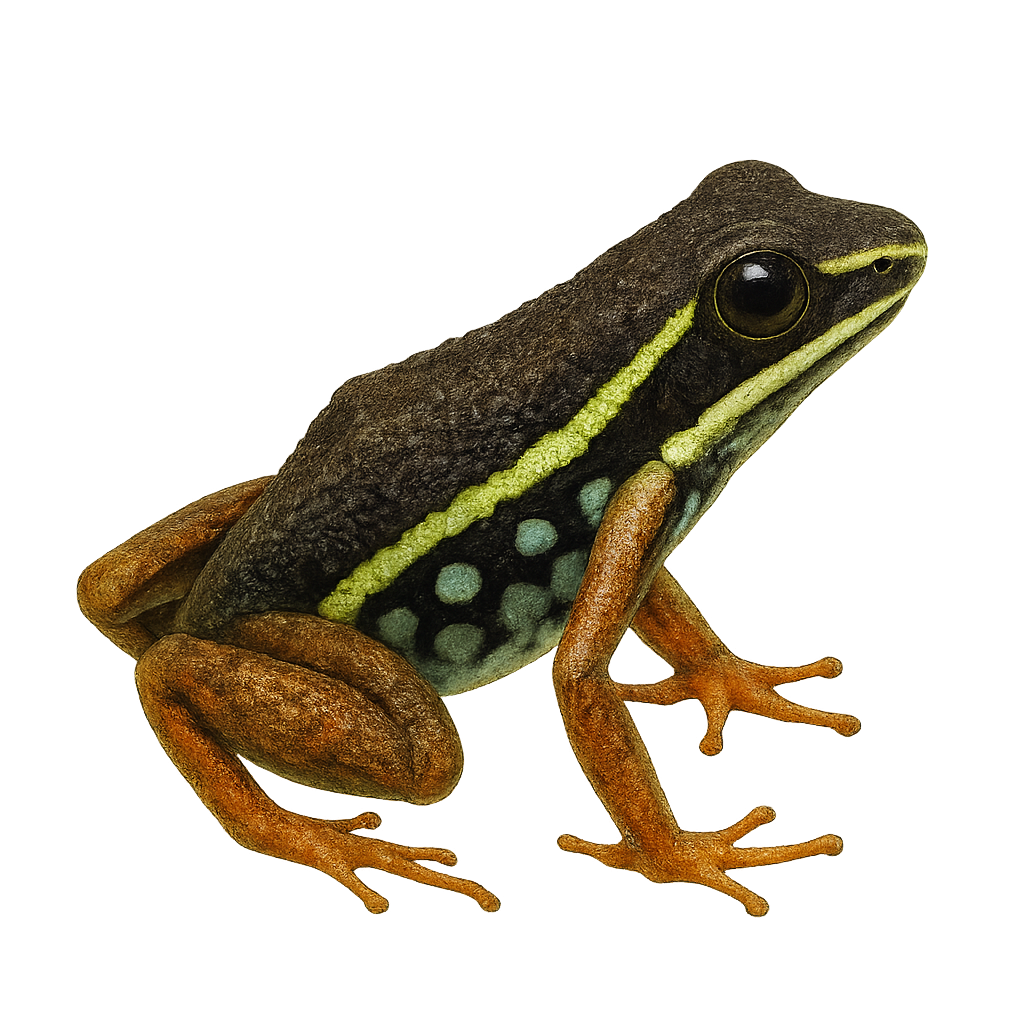Your wildlife photography guide.
Explore the fire-legged poison frog in detail, study its behavior, prepare your shots.
Where to observe and photograph the fire-legged poison frog in the wild
Learn where and when to spot the fire-legged poison frog in the wild, how to identify the species based on distinctive features, and what natural environments it inhabits. The WildlifePhotographer app offers tailored photography tips that reflect the fire-legged poison frog’s behavior, helping you capture better wildlife images. Explore the full species profile for key information including description, habitat, active periods, and approach techniques.
Fire-legged Poison Frog
Scientific name: Ameerega ignipedis

IUCN Status: Least Concern
Family: DENDROBATIDAE
Group: Amphibians
Sensitivity to human approach: Suspicious
Minimum approach distance: 2 m
Reproduction period: November to December
Incubation: 10–14 jours
Births: December to January
Habitat:
Humid tropical forests, forest edges, marshy areas
Activity period :
Primarily active during the day, with peak activity in the morning and late afternoon.
Identification and description:
The Ameerega ignipedis, commonly known as the Fire-legged Poison Frog, is a brightly colored frog species native to the humid tropical forests of South America. It is particularly recognizable by its vivid red legs, which contrast with its black or dark brown body. This diurnal frog is often observed on the forest floor, where it primarily feeds on small insects. Although its bright coloration serves as a warning to potential predators, indicating its toxicity, it is nonetheless vulnerable to habitat loss due to deforestation. Its reproduction typically occurs during the rainy season when conditions are ideal for tadpole development.
Recommended lens:
Macro – adjust based on distance, desired framing (portrait or habitat), and approach conditions.
Photography tips:
To photograph the Ameerega ignipedis, it is advisable to use a macro lens to capture the details of its bright colors. Approach slowly and stay about 2 meters away to avoid scaring it. Look for it on the forest floor, especially after rain, as it is more active then. Use a tripod to stabilize your camera and get sharp images. Natural morning or afternoon light is ideal for highlighting its vibrant colors.
The WildlifePhotographer App is coming soon!
Be the first to explore the best nature spots, track rutting seasons, log your observations, and observe more wildlife.
Already 1 431 wildlife lovers subscribed worldwide

